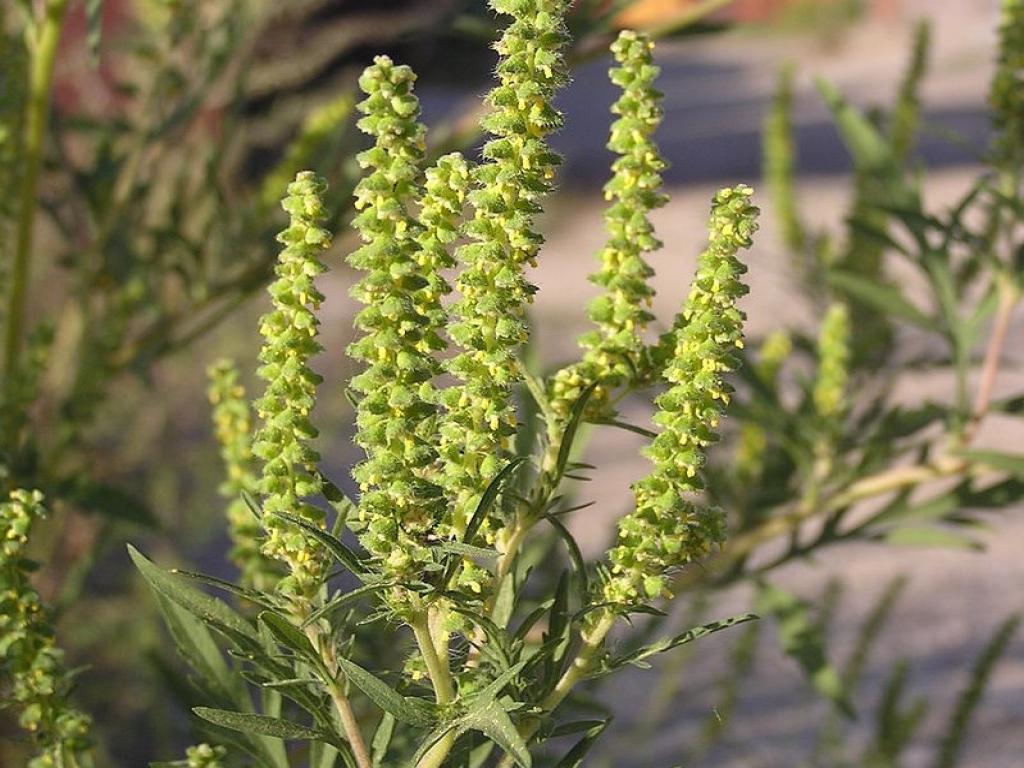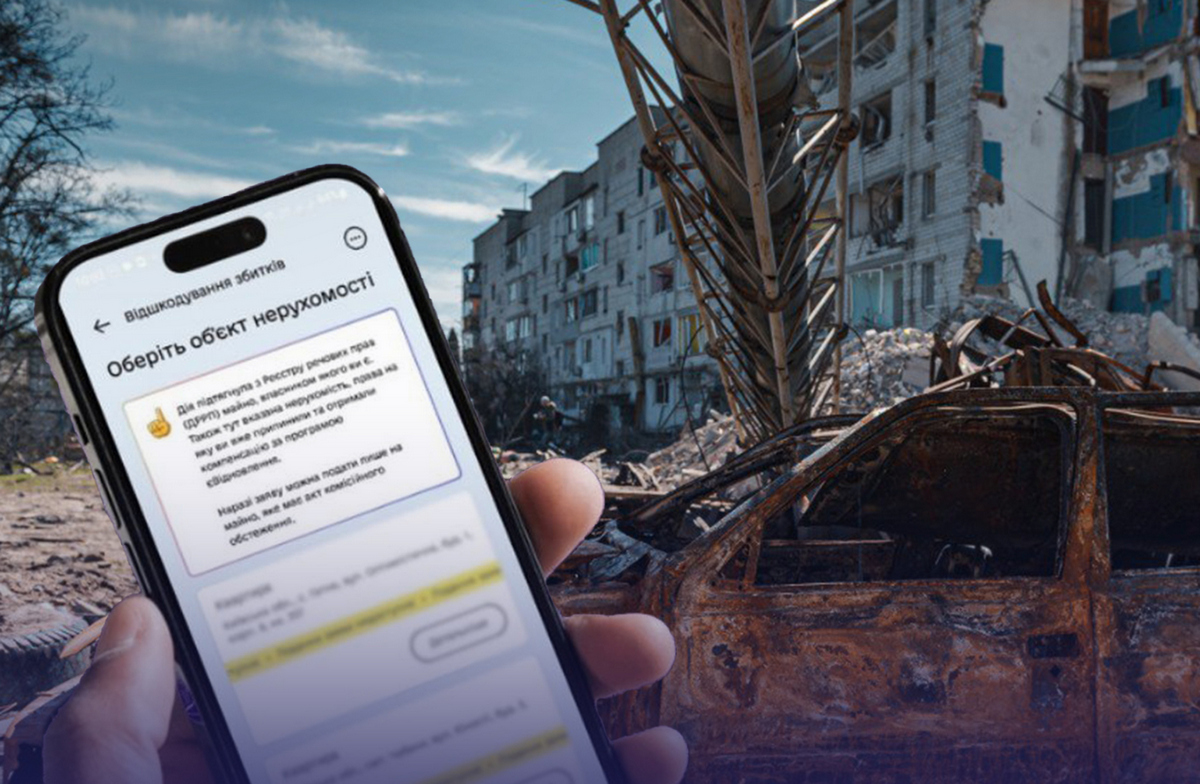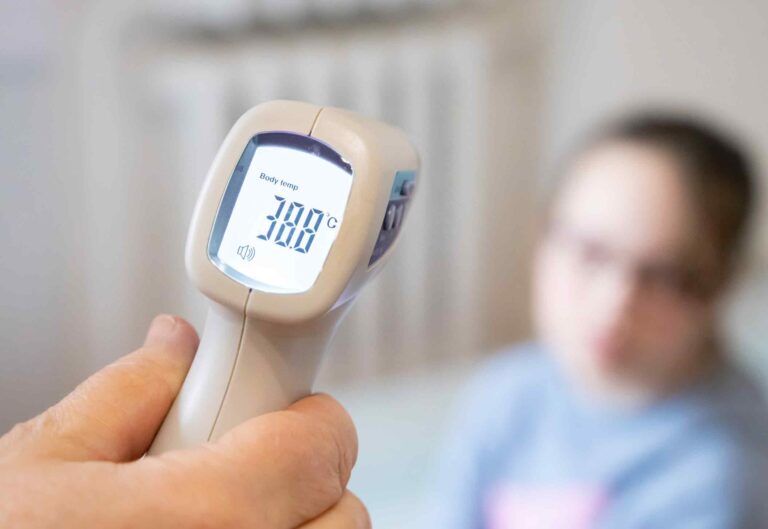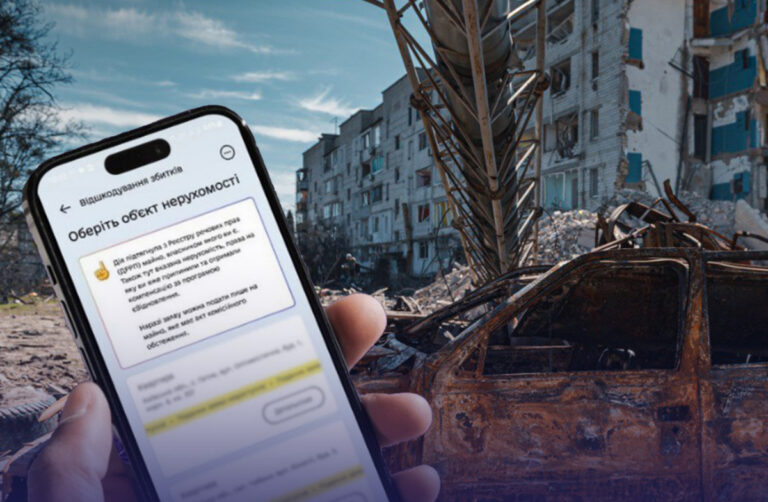
Ragweed in Ukraine: How a Dangerous Allergen Threatens Health and How to Protect Yourself During Blooming Season
Ukraine is currently experiencing the peak blooming period of ragweed (Ambrosia artemisiifolia) one of the most dangerous invasive weeds whose pollen is a strong allergen threatening the health of millions. This plant not only displaces native flora but also causes significant damage to the economy and quality of life, especially in regions where its growth has reached mass levels.
Ragweed pollen is microscopic and extremely lightweight. It can be carried by the wind for tens of kilometers, which means that even people living far from growth sites can experience allergic reactions. According to allergists, a single ragweed plant can produce up to a billion pollen grains per season.
Medical observations show that 10% to 20% of the population in affected regions suffer from acute allergic reactions to this plant’s pollen. Symptoms include seasonal allergic rhinitis, exacerbation of bronchial asthma, eye redness, tearing, nasal congestion, coughing, and, in severe cases, asthma attacks.
Ragweed’s allergenicity is caused by proteins, particularly Amb a 1, which trigger a strong immune response. According to the World Health Organization, this weed is one of the main causes of seasonal allergies worldwide.
When and where it blooms
In Ukraine’s climate, ragweed begins blooming in late July, with the process ending in late September. The peak activityusually occurs in August, when pollen concentration in the air reaches its highest levels.
Particularly dangerous are dry, sunny, windy days, when pollen spreads over long distances and creates critical allergen concentrations in the atmosphere.
Who is at risk
Ragweed pollen affects most severely:
- people with pre-existing allergic conditions
- individuals with bronchial asthma and chronic bronchitis
- children and elderly people with weakened immune systems
- residents of regions with high weed density vacant lots, roadsides, and neglected lands
What to do: doctors’ recommendations and examples of effective action
According to allergist Olena Romanenko, “the best way to protect yourself from ragweed allergy is to reduce exposure to pollen, especially during its peak concentration period”.
Seasonal recommendations:
- Limit outdoor activity in the morning and on windy days.
- Keep windows closed and use air conditioners with filters.
- Clean your home regularly and use air purifiers.
- After outdoor activities wash your face, rinse your nose with saline solution, and change clothes to avoid bringing pollen indoors.
- If symptoms appear see an allergist and follow prescribed treatment.
Example of a local initiative: In Kupiansk, the “AmbroSTOPia” project brings together residents and municipal services to regularly cut and uproot ragweed before blooming. This has reduced allergy-related medical visits in local clinics by over 30% in one season.
Why the fight against ragweed must be systemic
Ragweed is an invasive plant that adapts quickly and can spread even after mowing if the roots are not removed. In many countries, including France, Hungary, and Canada, there are national weed control programs that include mandatory eradication, fines for non-compliance, and public awareness campaigns.
In Ukraine, such efforts largely depend on local initiatives. Experts are calling for the development of a national strategyto combat ragweed, as climate change is expanding its growth areas and prolonging the blooming season.
Ragweed is not just a weed it is a large-scale environmental and public health problem. Its impact on human health grows each year, and addressing it will require coordinated efforts from local communities to national policy.














